WESTERN ASIATIC SASSANIAN BUST WITH JEWELLERY AND BRAIDS 3rd-7th century AD A silver bust of a female, possibly part of a rhyton, with hair arranged in curls across the top of the head, circular hole to the top, hair bound by a gilded diadem decorated with studs, large rosette to the back; hair arranged in sections to the side of the head and falling to the shoulders in pig tails with decorative element to end; eyes, eyebrows and lips gilded; necklace around neck with gilded beads and large tear drop-shaped gilded pendant; large breasts with gilded nipples; small hole to the underside for attachment of spout. 802 grams, 21.5cm (8 1/2"). [No Reserve] Condition Fine condition, some loss to head. Provenance Property of a London gentleman; previously in an important Mayfair collection, circa early 1980s. Literature For a similar silver rhyton with female bust and buffalo head, see The Cleveland Museum of Art, accession number 1964.96. Footnotes The piece is probably part of a rhyton with the hole to the base being for the attachment of a spout. The rhyton was a popular drinking vessel in the east, in the Persian empire as well as the later Parthian and Sassanian empires. They reached Greece in the fifth century BC where Greek craftsmen adapted the eastern models according to their own specific preferences. They are frequently depicted on Greek funerary reliefs, as well as being some of the luxury items offered to the Great King on the reliefs from the stairways at the palace of Persepolis. They could be made from a range of material such as ceramic, silver, gold and even ivory. They often incorporate imagery relating to Dionysus, such as vine leaves and panthers, but other creatures such as lions, griffins, bulls, goats and stags also appear. In the Sassanian Empire Greek and Roman styles influence the native art to produce a hybrid style. The depiction of the female on this piece could be that of the goddess Anahita, an important deity of the Sassanian pantheon who divinity of water, healing, fertility and wisdom. The use of the bust of the goddess as the main body of the vessel could indicate that it was used in rituals associated with the goddess.
WESTERN ASIATIC SASSANIAN BUST WITH JEWELLERY AND BRAIDS 3rd-7th century AD A silver bust of a female, possibly part of a rhyton, with hair arranged in curls across the top of the head, circular hole to the top, hair bound by a gilded diadem decorated with studs, large rosette to the back; hair arranged in sections to the side of the head and falling to the shoulders in pig tails with decorative element to end; eyes, eyebrows and lips gilded; necklace around neck with gilded beads and large tear drop-shaped gilded pendant; large breasts with gilded nipples; small hole to the underside for attachment of spout. 802 grams, 21.5cm (8 1/2"). [No Reserve] Condition Fine condition, some loss to head. Provenance Property of a London gentleman; previously in an important Mayfair collection, circa early 1980s. Literature For a similar silver rhyton with female bust and buffalo head, see The Cleveland Museum of Art, accession number 1964.96. Footnotes The piece is probably part of a rhyton with the hole to the base being for the attachment of a spout. The rhyton was a popular drinking vessel in the east, in the Persian empire as well as the later Parthian and Sassanian empires. They reached Greece in the fifth century BC where Greek craftsmen adapted the eastern models according to their own specific preferences. They are frequently depicted on Greek funerary reliefs, as well as being some of the luxury items offered to the Great King on the reliefs from the stairways at the palace of Persepolis. They could be made from a range of material such as ceramic, silver, gold and even ivory. They often incorporate imagery relating to Dionysus, such as vine leaves and panthers, but other creatures such as lions, griffins, bulls, goats and stags also appear. In the Sassanian Empire Greek and Roman styles influence the native art to produce a hybrid style. The depiction of the female on this piece could be that of the goddess Anahita, an important deity of the Sassanian pantheon who divinity of water, healing, fertility and wisdom. The use of the bust of the goddess as the main body of the vessel could indicate that it was used in rituals associated with the goddess.
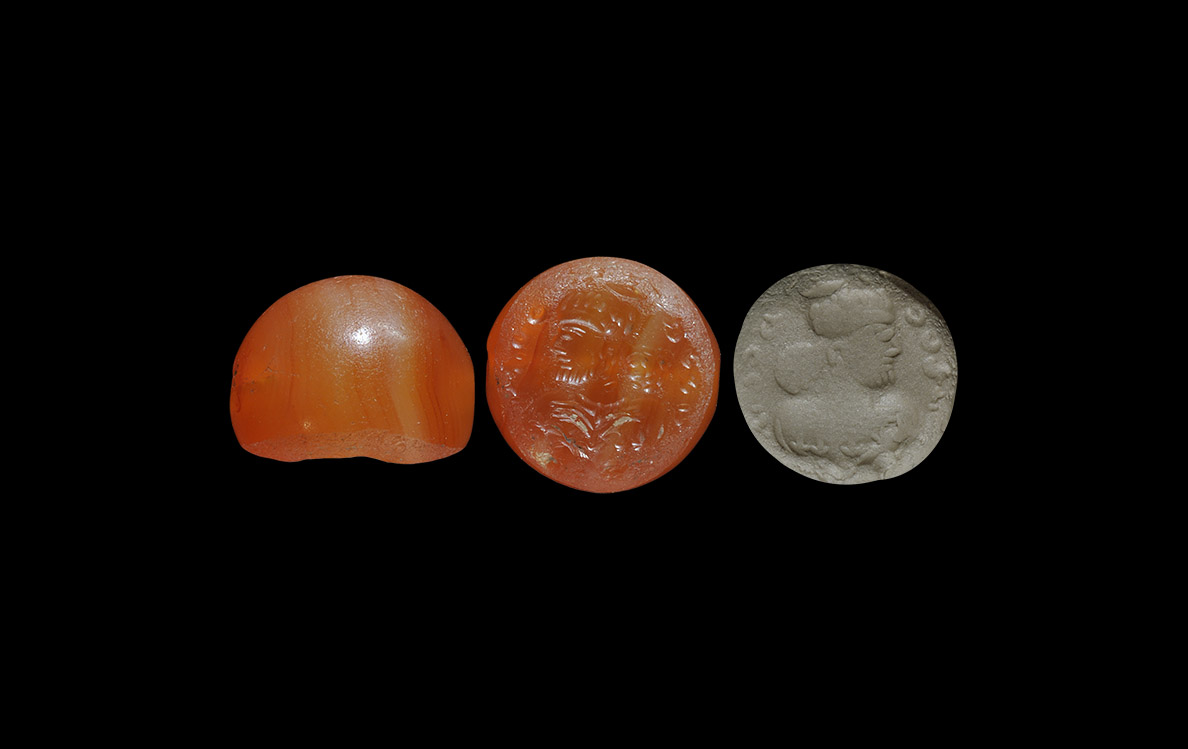
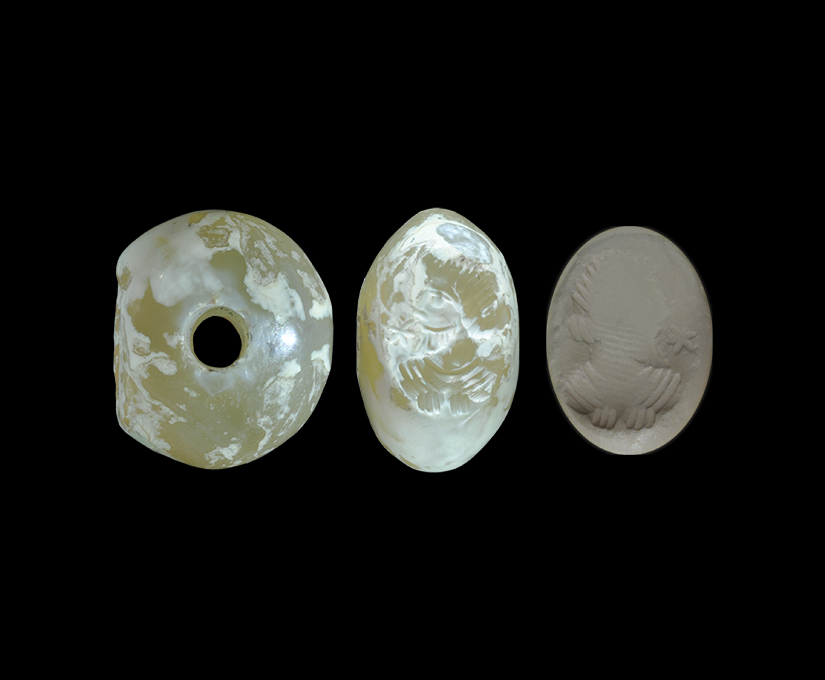
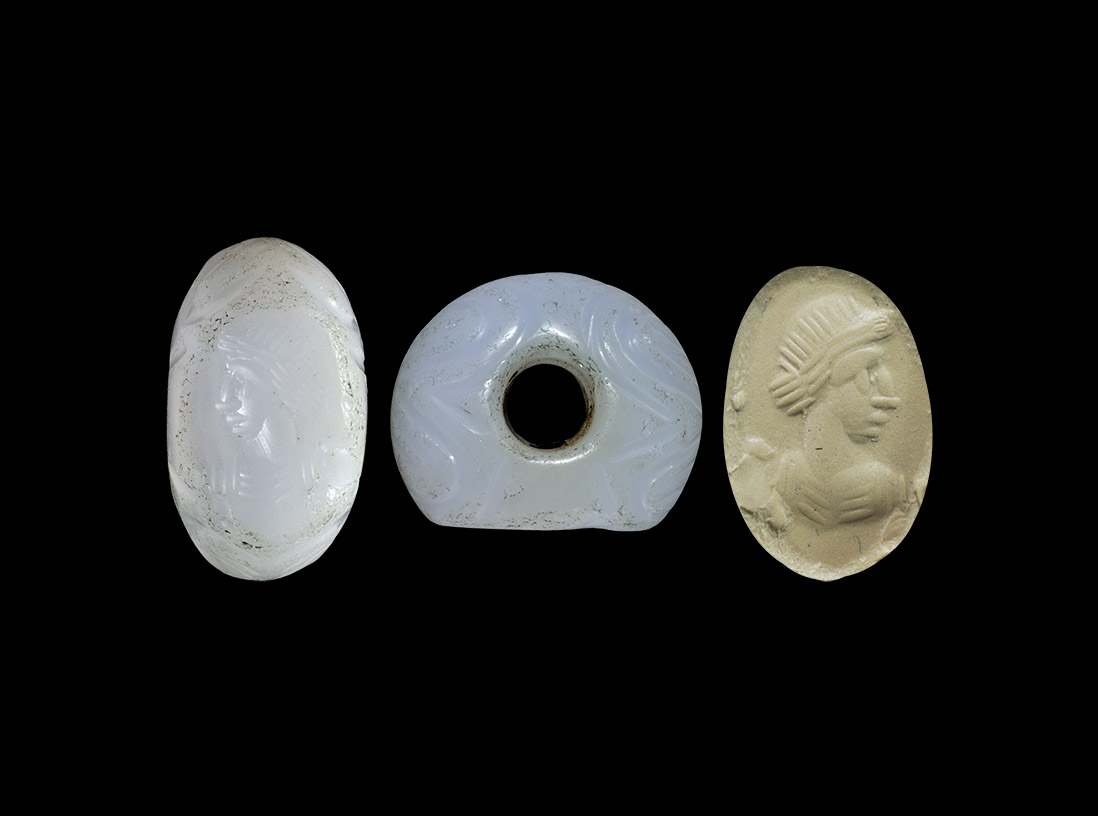
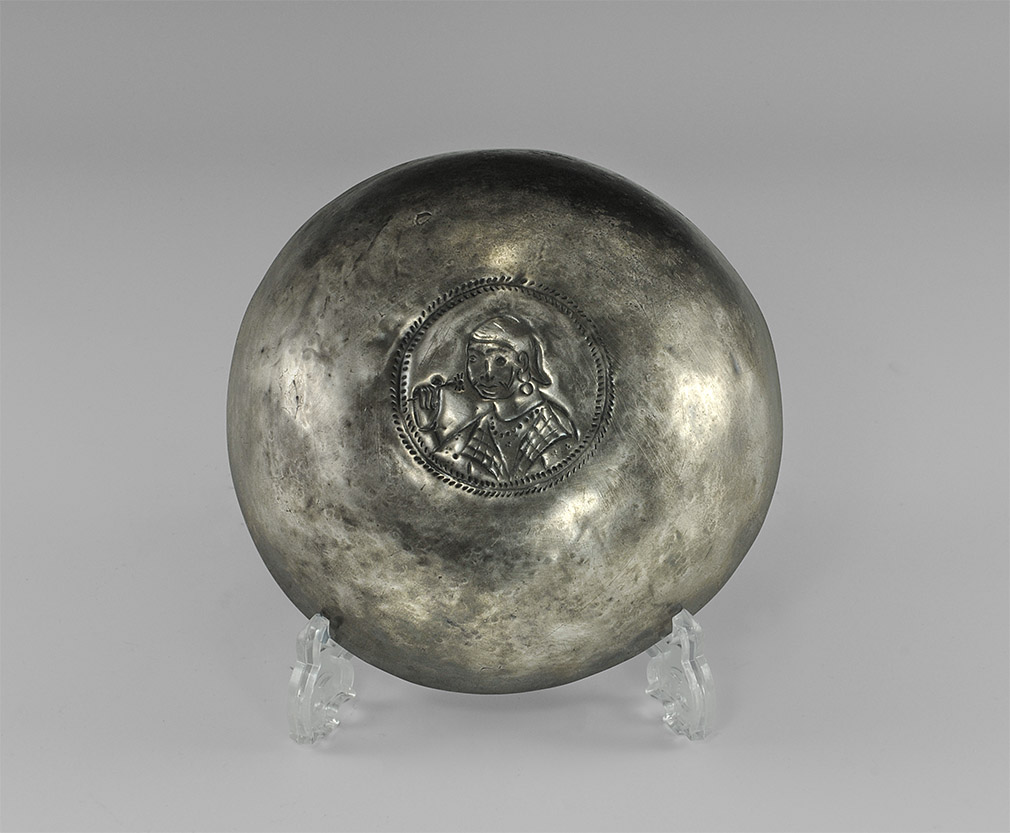
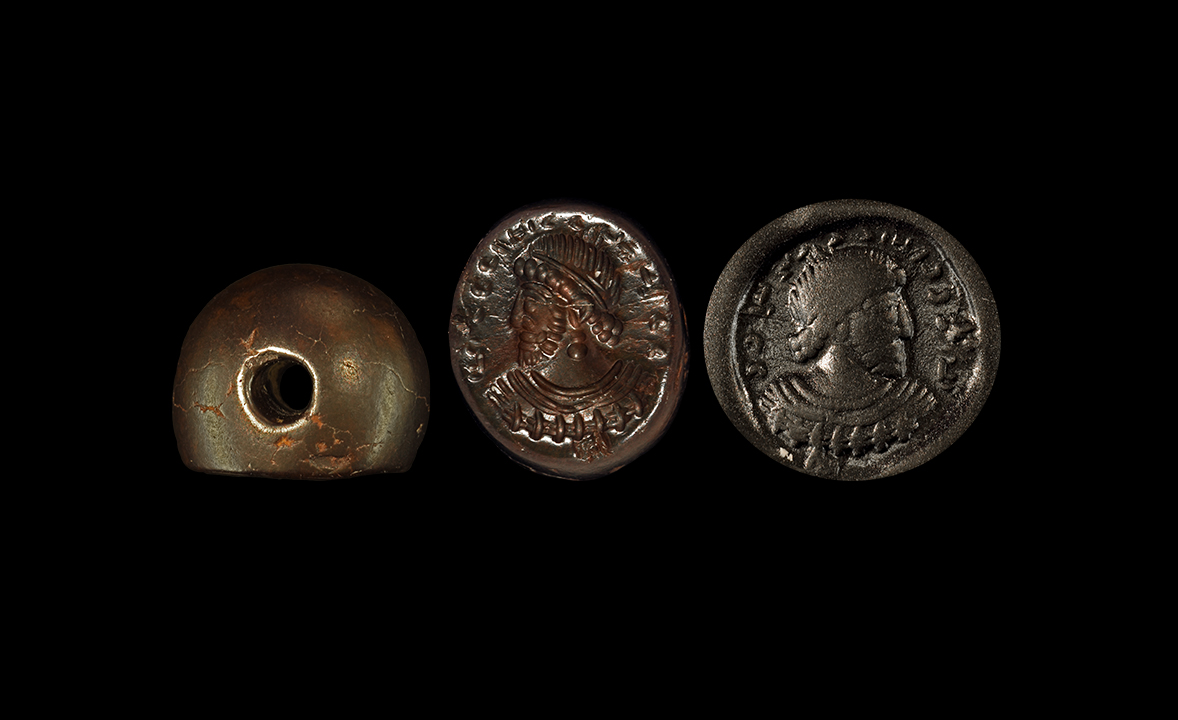
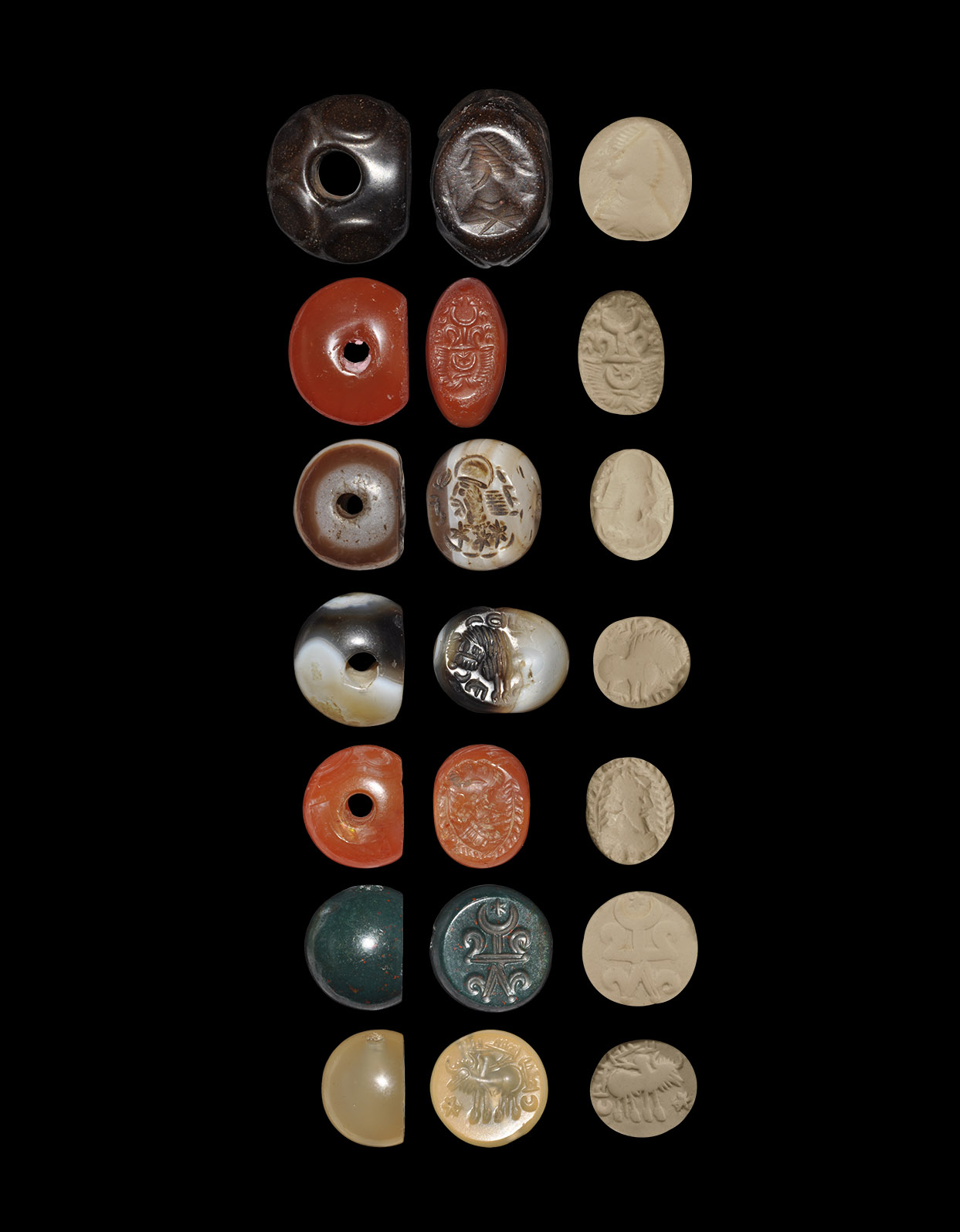
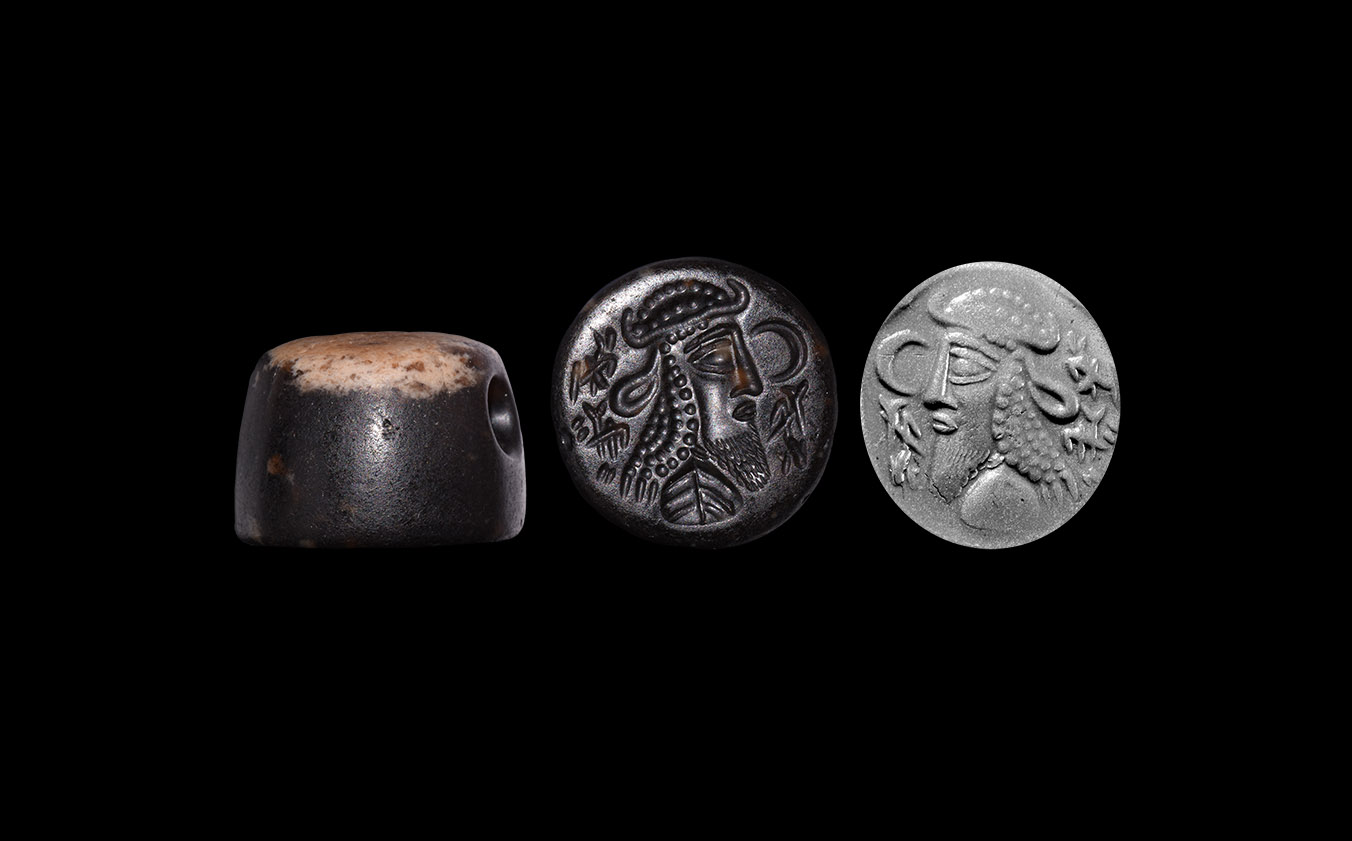
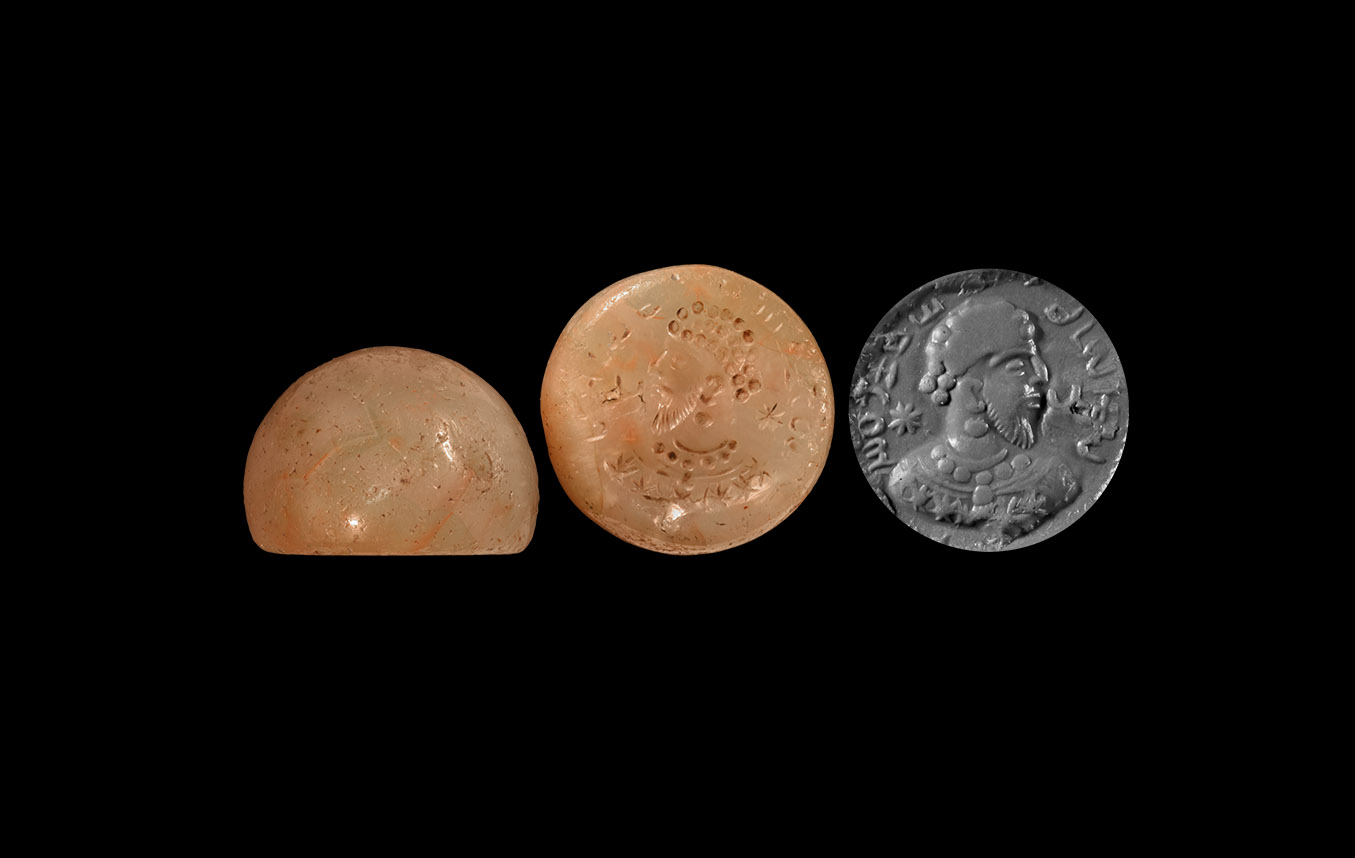
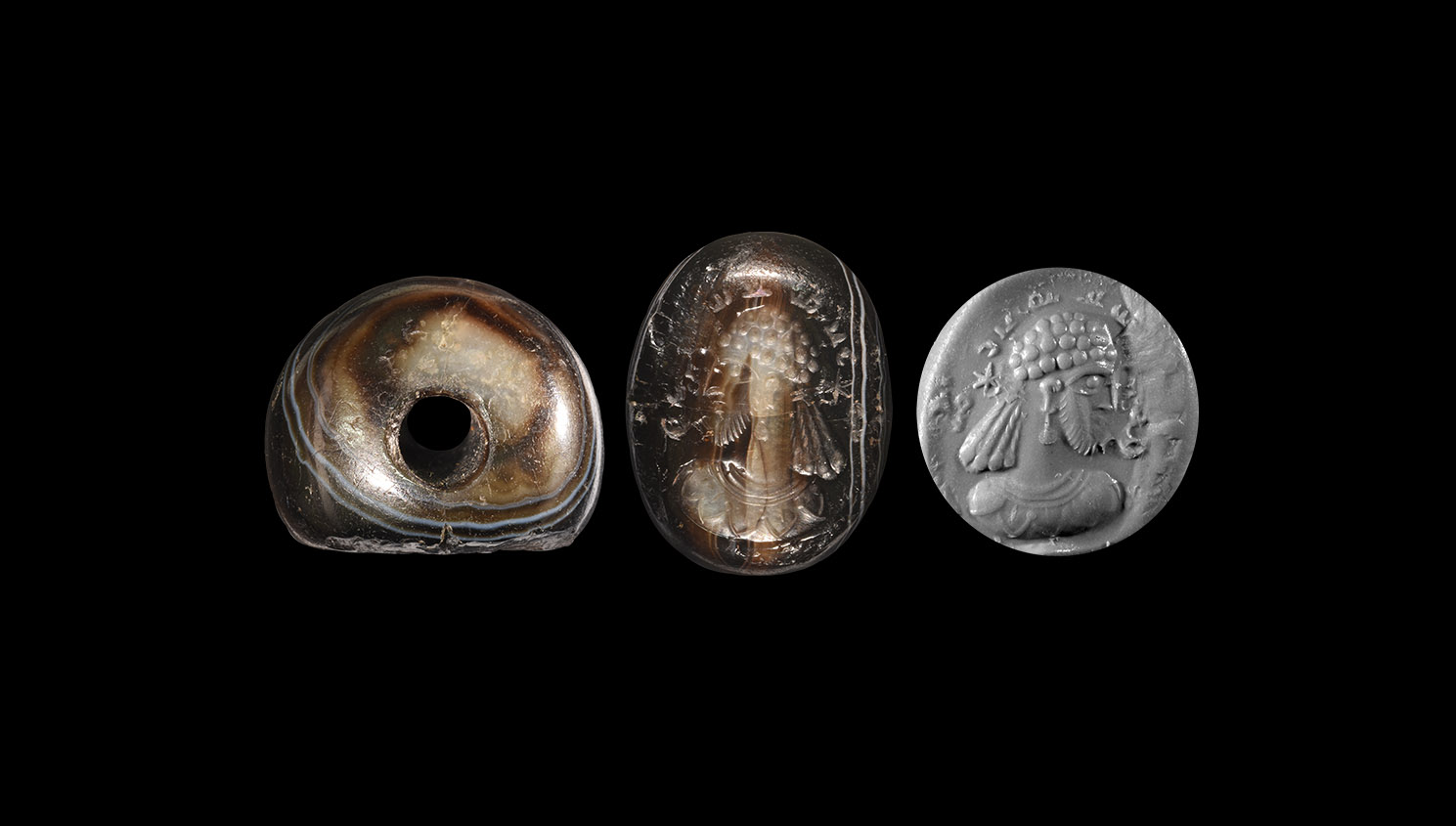
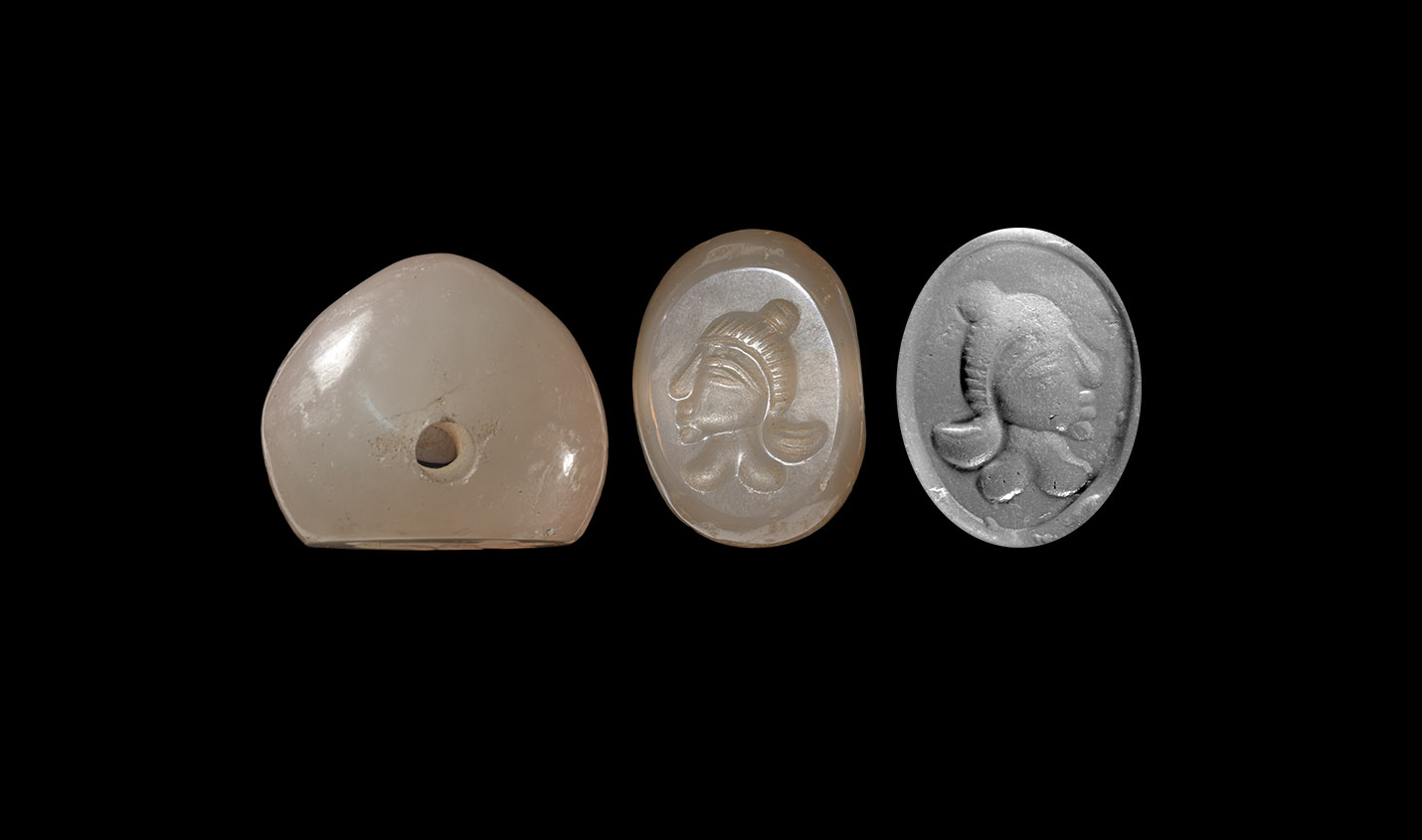
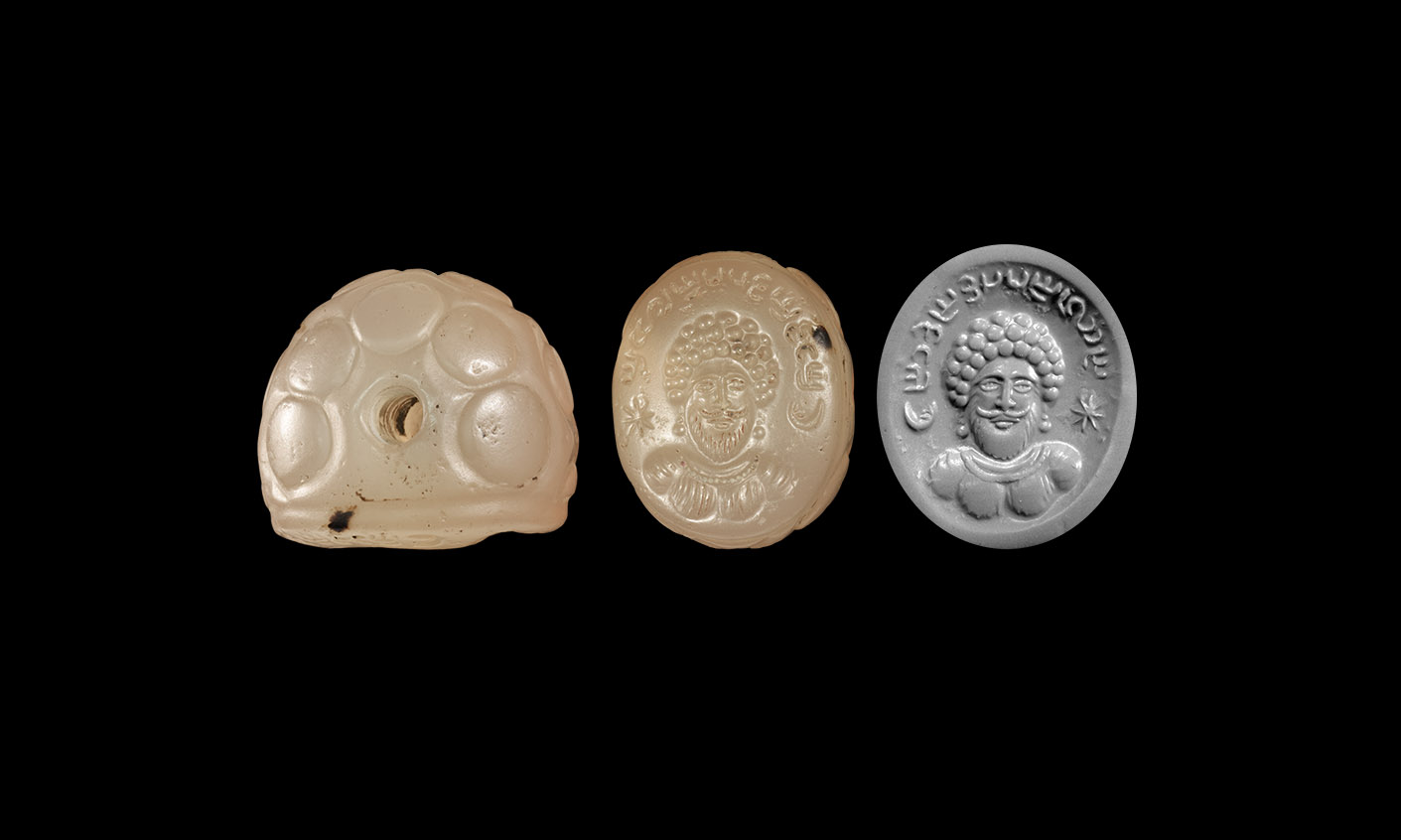
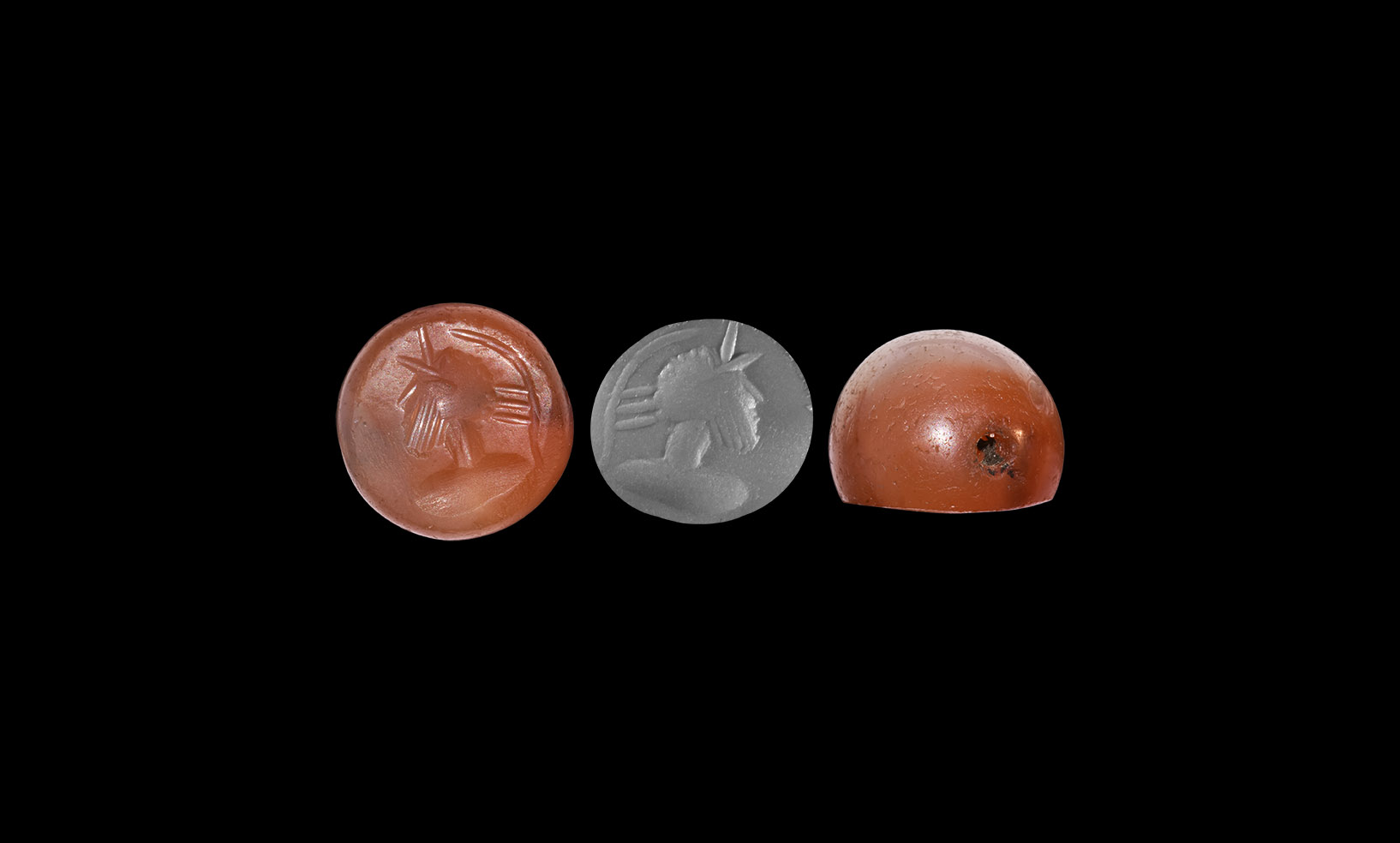

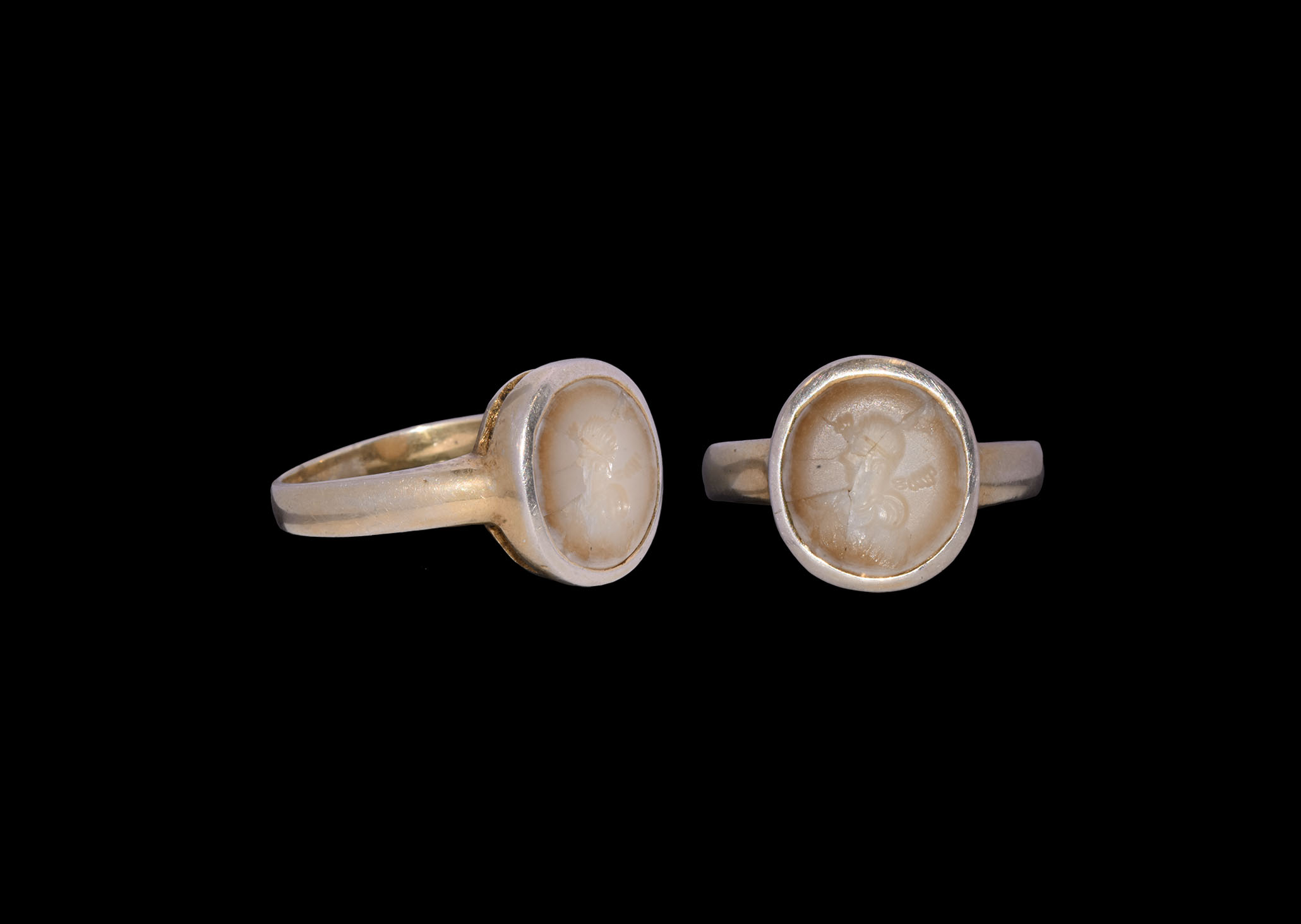
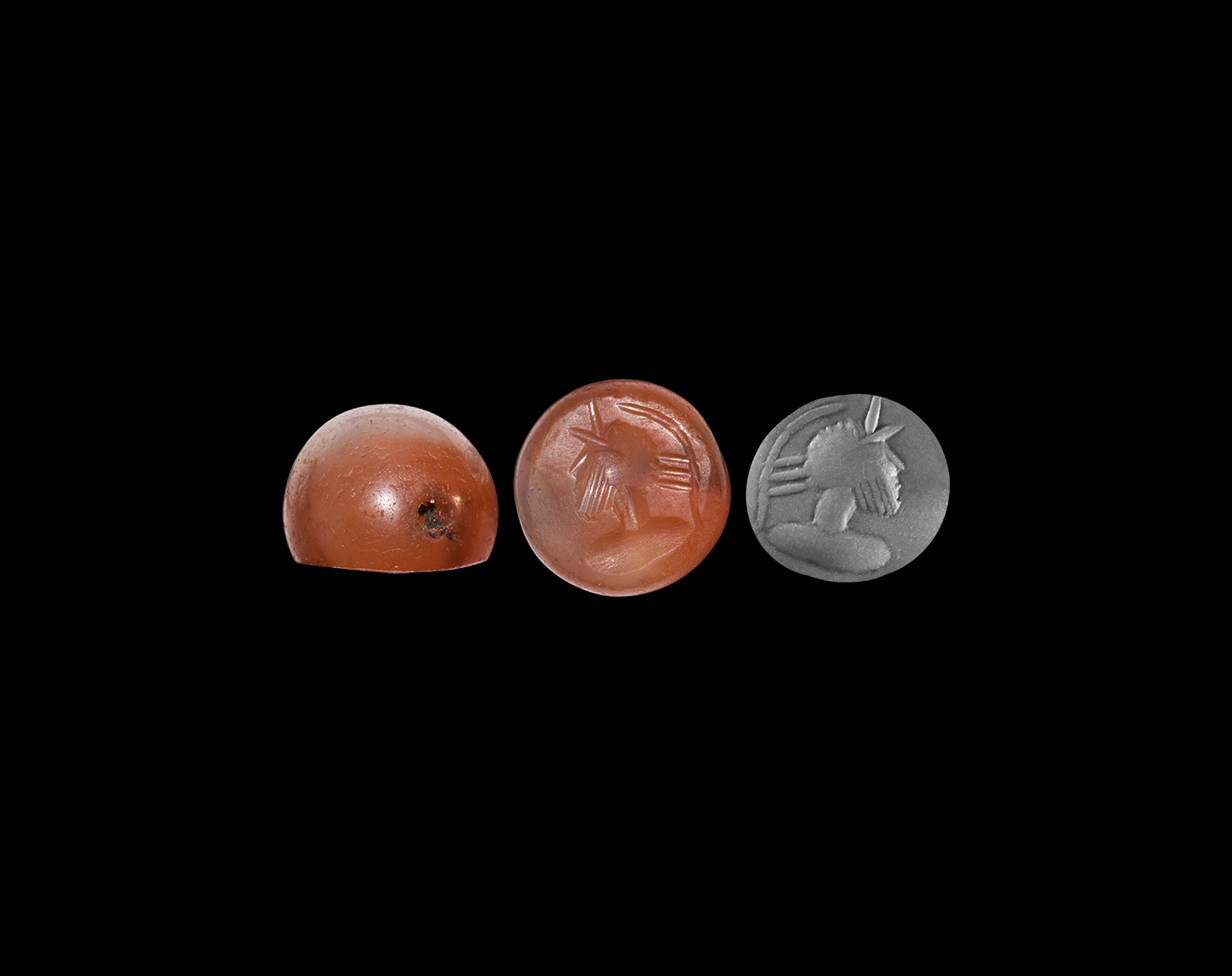
Try LotSearch and its premium features for 7 days - without any costs!
Be notified automatically about new items in upcoming auctions.
Create an alert